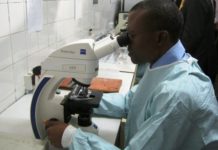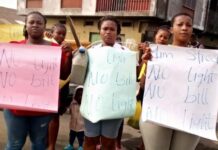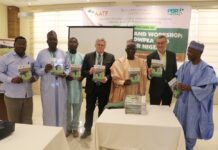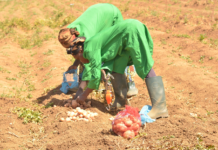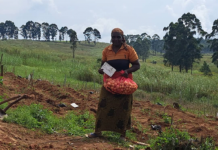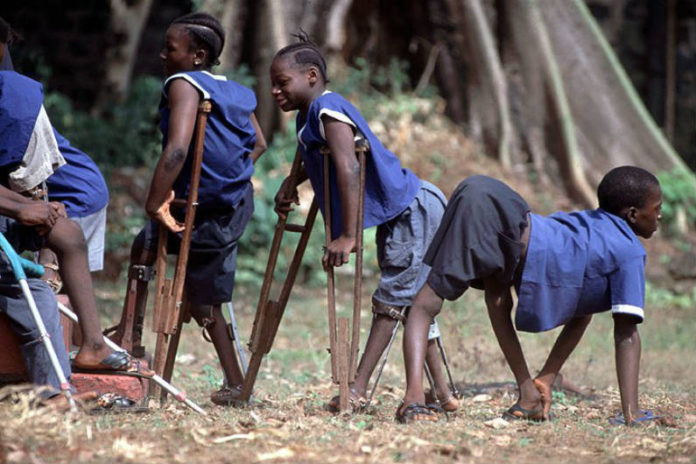Poliovirus is usually spread from person to person through infected fecal matter entering the mouth. It may also be spread by food or water containing human feces and less commonly from infected saliva.
Those who are infected may spread the disease for up to six weeks, even if no symptoms are present. The disease may be diagnosed by finding the virus in the feces or detecting antibodies against it in the blood.
The disease, which only occurs naturally in humans, is, however, preventable with the polio vaccine. However, a number of doses are required for it to be effective.
Nigeria is one of only three countries in the world with ongoing wild poliovirus transmission. In 2014, the disease was only spreading between people in Afghanistan, Nigeria and Pakistan. In 2015, Nigeria had stopped the spread of wild poliovirus, but it reoccurred in 2016.
Nigeria, according to the International Health Regulations (IHR), is classified as a state infected with wild poliovirus or circulating vaccine-derived poliovirus, but not currently exporting, and hence it is subject to temporary recommendations as of August 2016.
However, the Global Polio Eradication Initiative (GPEI) is focusing on refining surveillance and closing immunity gaps, and maintaining political commitment, financial resources and technical support at all levels.
Ahead Of World Polio Day In Nigeria:
So far in Nigeria, no new cases of wild poliovirus type 1 (WPV1) have been reported in the past week. The total number of WPV1 cases for 2016 remains four (4). The most recent case had onset of paralysis on August 21, from Monguno Local Government Area (LGA), Borno State.
Regional outbreak response in North-Eastern part of the West African country continues to be implemented, both in response to the WPV1 cases detected in August and to the circulating vaccine-derived poliovirus type 2 (cVDPV2) isolates, detected in Borno from an environmental sample (collected in March) and a healthy contact of one of the WPV1 cases (from August).
The emergency regional outbreak response is being implemented under the guidance of the Polio Eradication Emergency Operations Center (EOC), led by the Federal Government, and with support from the World Health Organisation (WHO) and GPEI partners. The outbreak response is being coordinated with neighbouring countries and in the broader humanitarian emergency response context affecting the region.
Precautionary Measures:
WHO’s International Travel and Health strictly recommends that all travellers to polio-affected areas should be fully vaccinated against polio. Similarly, residents (and visitors for more than four weeks) from infected areas should receive an additional dose of OPV or inactivated polio vaccine (IPV) within four (4) weeks to 12 months of travel.
Conclusion:
Only on August 11, 2016, the 10th meeting of the IHR Emergency Committee was convened via teleconference by the WHO Director-General. The meeting, which regarded the international spread of poliovirus, specifically reviewed the data on wild poliovirus (WPV1) and circulating vaccinederived polioviruses (cVDPV).
The Committee unanimously agreed that the international spread of poliovirus remains a Public Health Emergency of International Concern (PHEIC). Subsequently, it recommended the extension of the Temporary Recommendations for a further three months.
The Committee considered the some factors in reaching this conclusion. One of the factors include that: The new outbreak of WPV1 in Nigeria highlights that there are high-risk areas, where surveillance is compromised by inaccessibility, thereby resulting in ongoing circulation of WPV for several years without detection.




